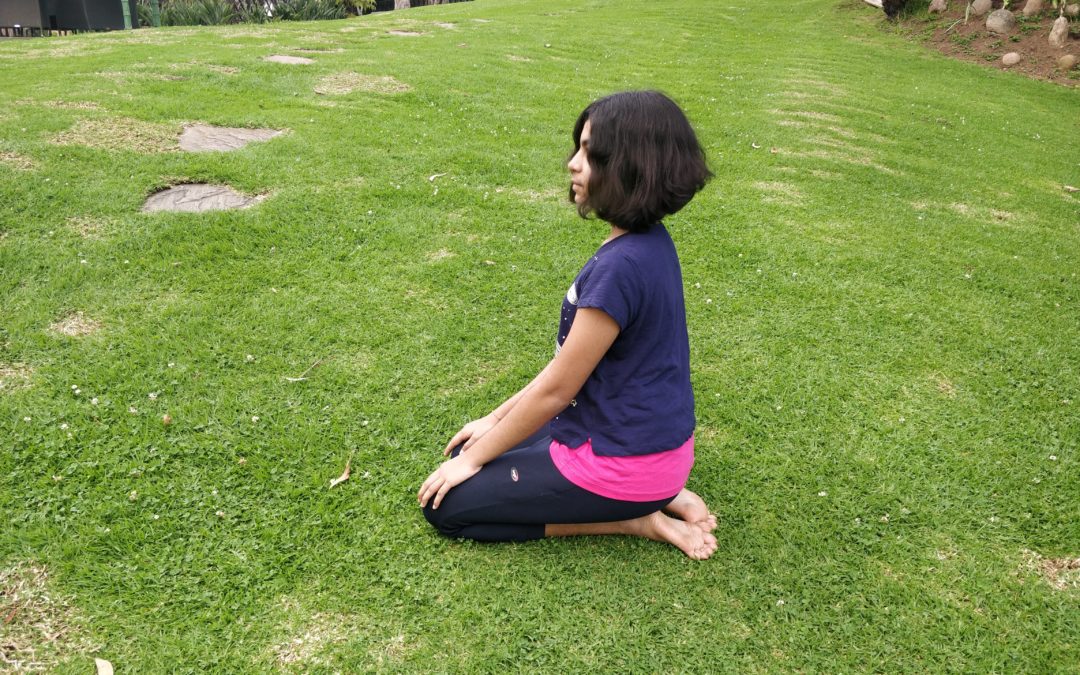Vajrasan
Vajra → thunderbolt
asana → posture/pose
Also known as: Kneeling/diamond pose
Level: Beginner
Unlike most asanas, Vajrasan can be done on a full stomach. It is an ideal pose to help with the practise of Pranayam, Kapalbhati and meditation. Sustaining the pose can be challenging (and painful!) for beginners, so when you are just starting with this pose, place a small pillow under the ankles to provide support and reduce strain.
Benefits:
- Strengthens lower back, legs, pelvis and thighs
- Improves digestion and provides relief from constipation
- Reduces menstrual cramps
- Ideal for meditation and breathing practice
Not recommended if you are:
- Still recovering from a knee injury or surgery
- Pregnant women and those suffering from ulcers or hernia may practise this asana but only under expert supervision (doctor or trained yoga teacher)
How to do Vajrasan:
- Kneel on the floor stretching your legs backward. Your spine must be straight and your chin and head must be parallel to the floor
- Rest your feet flat on the ground with the soles pointing upward
- Turn your feet inwards so your big toes are touching each other
- Gently lower your torso so your buttocks and thighs are resting comfortably on the backs of your legs. Your spine must remain straight
- Place your hands palms-down on your knees, keep your head straight and focus on a point in front of you
- Breathe deeply with full awareness and focus on your inhalations and exhalations
- Hold the pose for as long as you feel comfortable
Dos and don’ts while doing Vajrasan:
- If you start feeling cramps or pain in your lower legs, sit cross-legged on the floor in Sukhasan or Siddhasan until the pain passes

